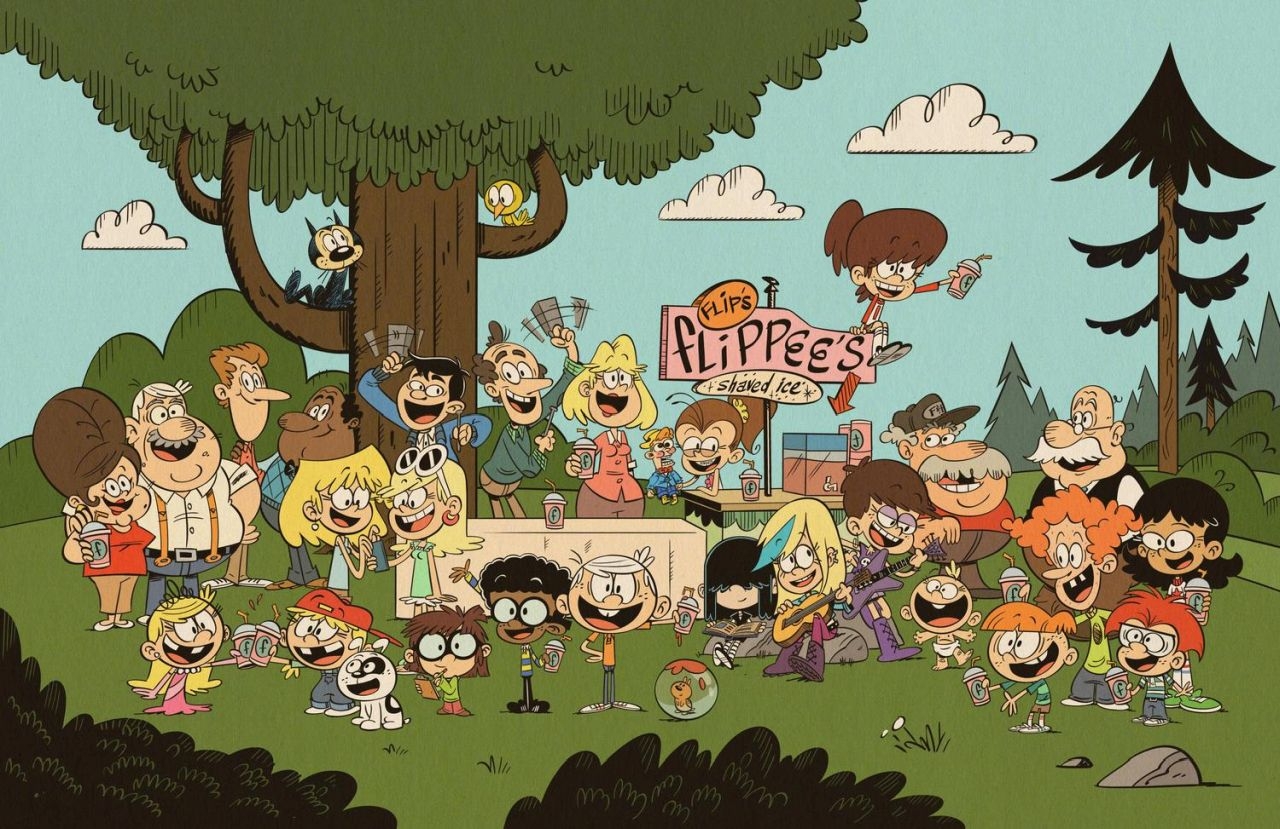Table Of Content

Not enough water is applied to leave any in storage in the soil for the next day, so it needs to be watered again the next day. Drip irrigation is a good delivery system because it only wets a small area so that weed growth is limited and the system is easily adapted to many landscape situations. Fortunately only a small fraction (10–20%) of the root area needs to be watered in order to achieve good results. Good irrigation practices in California include the application of water at sufficient intervals in order to never induce significant plant stress. In some circumstances, however, a slight water stress induced at specific growth stages can improve fruit flavor, enhance sugar or oil content, and limit vegetative growth.
Fruit Tree Chill Hours
Not all trees do well in all climates, so it's important to do some research to find out which trees are best suited for your specific climate. It also offers comprehensive information on common pests and diseases and ecologically-sound ways to address them. Small trees may lead to lower yields, but they are also far easier to prune, and harvest, and they allow you to fit more varieties in a single space. If you find dry roots, bent trunks, cracked bark, or gums, refuse to buy them.
Fruit Tree Zones Based on Chill Hours
Located along the bustling streets of Orchard Road—Singapore’s premier shopping belt—Design Orchard is more than just a retail space. Situated along Orchard Road—Singapore’s premier shopping belt—Design Orchard is a haven for both purveyors and creators of local design. Click here to learn more about our orchard products or contact us today to place an order.
Attach Steel Tree Guides to Protect Trees & Branches
You can find varieties for your area in catalogs and other literature, up to the zone and their characteristics. A garden grown with inferior seedlings will add work and care, but the yield and quality of the fruit will not satisfy you. Most fruit tree roots are located between 6 inches and 24 inches of the top of the soil.
Soil depth
High-density planting and pruning case study: Sunmar Orchards, Sunraysia - NSW Department of Primary Industries
High-density planting and pruning case study: Sunmar Orchards, Sunraysia.
Posted: Thu, 04 Nov 2021 08:35:13 GMT [source]
By creating dedicated pollination zones, growers can strategically place compatible trees within close proximity to promote effective pollination and fruit development. A fertile and nutrient-rich soil will provide the necessary nutrients for your fruit trees to grow and produce healthy fruits. Conducting a soil test before planting can help you determine the pH level and nutrient content of your soil. Based on the test results, you can make any necessary amendments to ensure the soil is suitable for your fruit trees. The soil type and quality have a significant impact on the health and productivity of your fruit trees. Different fruit trees have different soil preferences, so it is essential to understand the soil requirements of the specific varieties you plan to grow.
Keeping your homestead orchard healthy and productive requires routine maintenance and fertilization. Follow a regular pruning schedule to remove dead wood and promote healthy growth. Fertilize the trees at least twice a year with a fertilizer specifically formulated for fruit trees. Keep an eye out for pests and diseases and address any issues promptly to prevent them from spreading to other trees.
Grasses also conserve nutrients, increase organic matter, protect groundwater quality, and improve water infiltration. To prevent erosion, the groundcover should be established shortly after the site is cultivated and leveled. Grass seed can be sown in the row middles, leaving 4 ft-wide bare strips where the trees are planted, or seed can be sown over the entire field. In the latter system, the sod is established at least one season before planting and the tree strip killed prior to planting, leaving a mulch that enhances early tree growth.
Some fruit trees thrive in warmer climates, while others prefer cooler temperatures. It is essential to choose fruit tree varieties that are well-suited to your specific climate. Explore the factors to consider when designing a fruit tree orchard, including climate, soil type, sunlight, water availability, and pest management.
Ten Basics of When and How to Prune Fruit Trees
Allocate approximately 43 square feet of floor space for one tree for each crop. Trees can overgrow and begin to interfere with or even overpower each other. For example, most farms are now switching to colonial apple and pear trees, which are the main garden crops of Dacha Agriculture. These species are much smaller and produce almost as much as the taller crops. Columnar plants are easier to care for, are resistant to disease, and suffer less damage from frost. Depending on which fruits you would like to grow, you already have the key elements—local climate and soil quality—to determine which fruit trees are most suitable for planting.
Stephen Albert is a horticulturist, master gardener, and certified nurseryman who has taught at the University of California for more than 25 years. He holds graduate degrees from the University of California and the University of Iowa. His books include Vegetable Garden Grower’s Guide, Vegetable Garden Almanac & Planner, Tomato Grower’s Answer Book, and Kitchen Garden Grower’s Guide. When he started, he visited Joel’s Polyface farm and others, read books, and kept trying new things and innovating on his own farm. Traveling and seeing what other farmers were doing was eye-opening and taught Stefan a lot.
Discover different layout options, tree spacing recommendations, creating orchard zones, and implementing infrastructure for a thriving orchard. After the soil is thoroughly prepared, an orchard groundcover is established. Turf grasses often are the most desirable groundcovers, especially species that suppress voles, broadleaf weeds, and soil-borne diseases.
When laying out your berry garden, take the characteristics of the plants directly into account. For example, blackcurrants grow well surrounded by other neighbors, but buckthorn and lingonberry are rather unfriendly to their neighbors. Buckthorn can be used as a hedge, laurel roses, and hawthorn can be used as landscape decoration in rest areas. Peruse inspired wares and local works of craftsmanship at Design Orchard - A space where creativity, commerce and collaboration converge. Experience Design Orchard's curation of over 100 homegrown fashion and lifestyle labels, the largest one-stop destination to shop all things local.
Try to identify useful microclimates, such as sunny vertical spaces for trained forms like fans. Remember – such microclimates in towns and cities offer the best chance for growing more tender fruits like peaches and apricots. You also want to make sure that each tree’s graft line stays exposed and above the soil line.
Although the trunk and general framework may be sound, the functional portion of the tree is usually a solid canopy of weak, crowded branches at the top or periphery of the tree’s canopy. Trees may have annual shoot growth an inch or two at best, and irregular crops of small, wormy fruit. Before planting bare-root saplings (whips) you can perform root dipping, which involves immersing the roots in a mixture of manure, soil and water to revitalise and rehydrate them.















